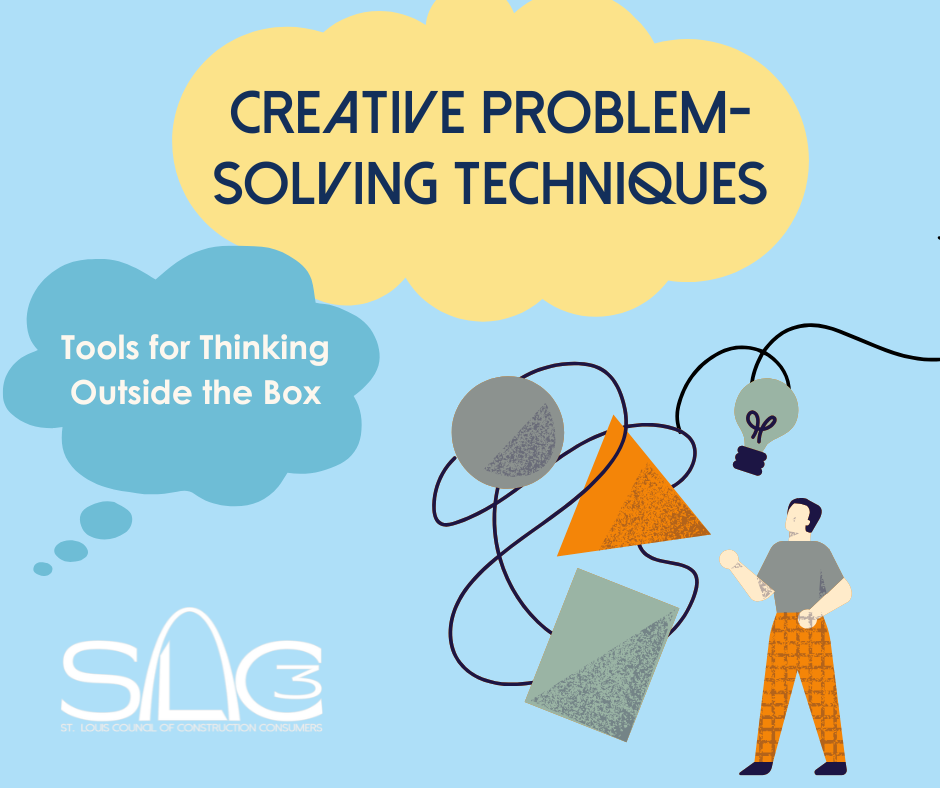In today’s fast-paced world, traditional approaches to problem-solving often fall short. Whether you’re in construction, design, or any other field, challenges rarely arrive with a clear instruction manual. That’s where creative problem-solving comes in—using fresh perspectives and unconventional methods to uncover solutions others might miss.
One effective technique is mind mapping, a more dynamic way to record a brainstorming session. This technique involves writing down your core focus area and branching out the ‘map’ with related ideas. Visualizing your thoughts in this way better highlights connections that aren’t obvious in linear lists.
Another powerful method is SCAMPER, a seven-step method that prompts you to reimagine a product, process, or problem from different angles:
- Substitute – Replace one element with another. (Example: Can we swap a material, tool, or method for something more effective or sustainable?)
- Combine – Merge two ideas or functions to create something new. (Example: Can we integrate two project phases to save time?)
- Adapt – Modify an existing idea for a new purpose. (Example: Can we repurpose a design detail from another project?)
- Modify – Alter the form, scale, or aesthetics. (Example: Can we adjust a process to make it faster or more user-friendly?)
- Put to Another Use – Use an existing element in a different way. (Example: Can we repurpose leftover materials for another project?)
- Eliminate – Remove what’s unnecessary. (Example: Can we cut a step to streamline production?)
- Reverse – Flip the order or direction. (Example: Can we start with the end goal and work backward?)
Reverse thinking is another tool worth trying: instead of asking, “How can we solve this problem?” ask, “How could we make this problem worse?” The answers often highlight hidden issues and points toward solutions.
Finally, never underestimate the power of cross-disciplinary inspiration. Borrowing ideas from other industries can lead to innovations that feel groundbreaking in your own.
Summary of Creative Problem-Solving + Tips
- Try a mind map to visualize the problem and related ideas
- Use the SCAMPER method to spark new perspectives
- Practice reverse thinking to uncover blind spots
- Seek cross-industry inspiration for fresh approaches
- Ask “What if?” questions to challenge assumptions
- Prototype quickly to test unconventional ideas
- Involve a diverse group to bring multiple perspectives
The key is to stay curious, challenge assumptions, and give yourself permission to explore the unconventional. After all, something the most challenging problems require creative solutions from outside-the-box thinking.






